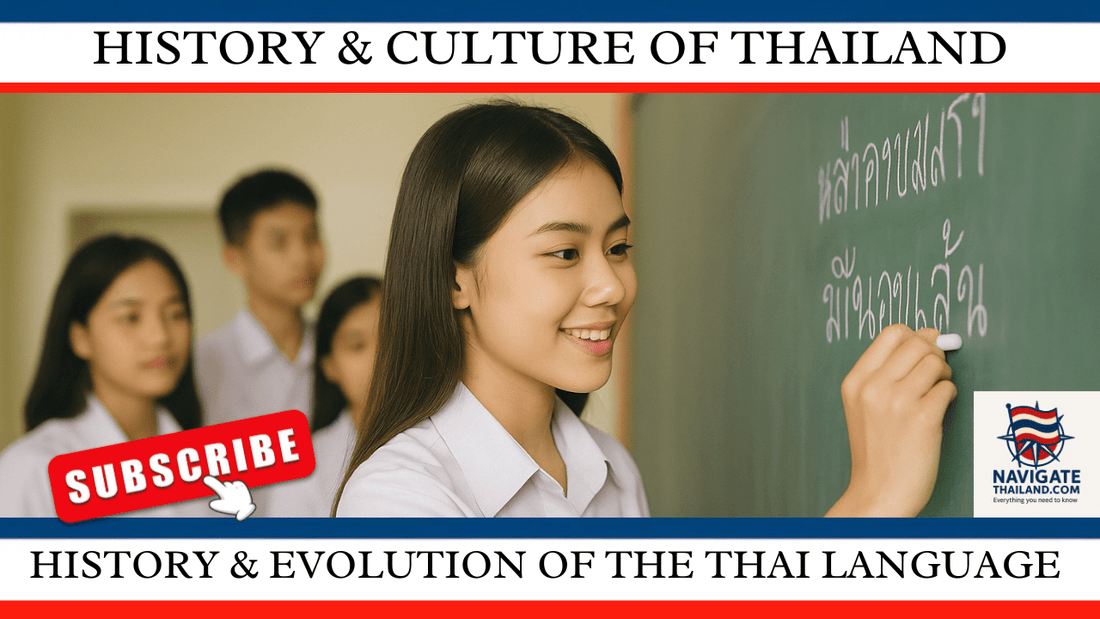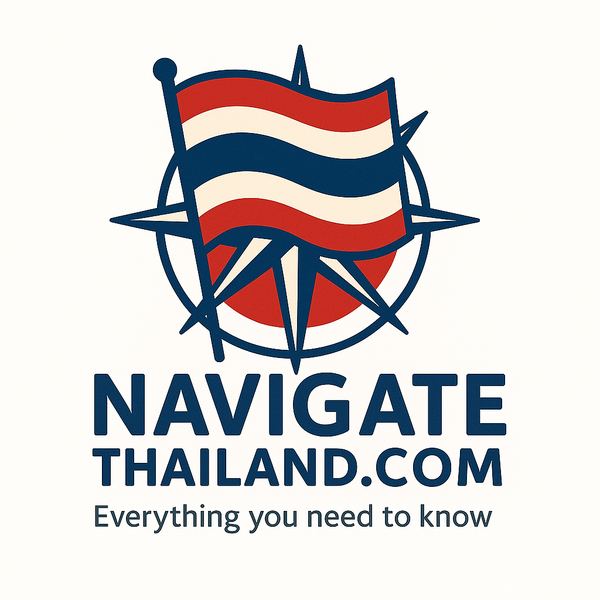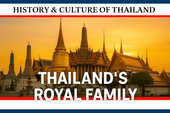
The History and Evolution of the Thai Language
Share
As the sun sets over the bustling streets of Bangkok, casting a warm glow on the intricate architecture, I’m captivated by the rich history and evolution of the Thai language. It’s a tapestry woven from ancient influences, cultural traditions, and the resilience of a people who have weathered the tides of time. Known as Siamese, Thai is the official and national language of Thailand, and a member of the Tai language family.
The origins of Thai can be traced back to the 13th century when the Thai people established the Kingdom of Sukhothai, the first independent Thai state. However, its roots go even deeper, connecting to the Tai-Kadai language family, with significant influences from Khmer, Pali, and Sanskrit. This blend of cultural and linguistic influences reveals a fascinating picture of a language shaped by its environment and history.
The Tai-Kadai Language Family and Thai’s Linguistic Cousins
Thai is part of the larger Tai-Kadai language family, believed to have originated in the southern Chinese province of Yunnan. As the Tai people migrated southward, they brought this linguistic heritage with them, spreading it across present-day Thailand, Laos, Vietnam, and Myanmar. This family of languages includes Thai’s linguistic cousins, such as Lao, Shan (spoken in Myanmar), and Zhuang (spoken in southern China).
The Tai-Kadai language family is further divided into subgroups, including the Southwestern Tai languages, to which Thai belongs. As these groups settled in different regions, their languages evolved, reflecting local influences. Despite regional differences, these languages retain structural and tonal similarities, making them close relatives. For instance, Lao and Thai share so much in common that speakers of both can often understand each other with little difficulty, creating a linguistic bridge between neighbouring cultures.
The Evolution of the Thai Script: Beauty and Complexity
One of the most captivating aspects of the Thai language is its script, Akson Thai, a beautiful yet complex system derived from the Khmer script. Thai writing consists of 44 consonants, 15 vowel symbols that combine into over 30 vowel forms, and four tone marks that indicate the five distinct tones used in the spoken language. Thai’s tonal nature means that the meaning of a word can change depending on the tone, adding intricacy to both speaking and understanding.
The Thai script has remained relatively consistent throughout history, with only minor adjustments for modern usage. Its elegance and functionality reflect Thailand’s rich artistic and literary traditions, where poetry and formal language are deeply valued. The script also embodies the cultural intersections that have shaped Thailand, particularly the Brahmic script influences brought through Khmer and Indian cultures.
Cultural Adaptations and Global Influence
As I delve deeper into the history of the Thai language, I am struck by its ability to adapt and evolve alongside Thailand’s cultural and social changes. Over the centuries, Thai has borrowed words from other languages, including English, Chinese, Malay, and even Japanese, reflecting Thailand’s growing global connections in the 20th and 21st centuries.
This adaptability has allowed the Thai language to remain vibrant and relevant, even amid rapid modernization. From the street markets to the temples, every corner of Thailand tells the story of this linguistic journey, where ancient traditions and modern innovations blend seamlessly.
The Enduring Legacy of the Thai Language
Thai is more than just a means of communication. It is deeply woven into Thailand’s social fabric and identity, from intricate poetry and a rich literary heritage to the refined language of etiquette used to convey respect. Thai reflects the country’s values of politeness, hierarchy, and social harmony, with phrases and honorifics used according to a person’s social status, age, and the context of the conversation.
The enduring legacy of the Thai language lies in its ability to preserve tradition while embracing change. As Thailand continues to evolve, the Thai language stands as a testament to the nation’s resilience and adaptability—a living reflection of the cultural richness of a people who have weathered centuries of change.
Conclusion
As I explore the bustling markets and serene temples of Thailand, I am awed by how the Thai language has withstood the test of time. It is a living, breathing reflection of a culture that has remained resilient through centuries of transformation. Every word carries a story, a connection to the past, and a gateway to understanding the Thai way of life. The more I unravel this captivating linguistic tapestry, the more I realize how deeply intertwined language is with the heart of a nation.
If you’re eager to learn the Thai language and understand its fascinating history, check out this brilliantly put-together eBook:
Learn Thai for travellers ebook
https://navigatethailand.com/products/learn-thai-for-beginners-a-comprehensive-conversational-guide

Read more of our Thailand blog series:
Thai Food Guide:Traditional Recipes and Street Eats
Everything Travellers Need to know
Thailand travel ebooks and language guides
Thailand Travel Apparel & Souvenir Gifts
Subscribe to our YouTube channel Navigate Thailand to see our most popular Thailand travel blogs turned into videos:
Navigate Thailand YouTube channel
















































































































































